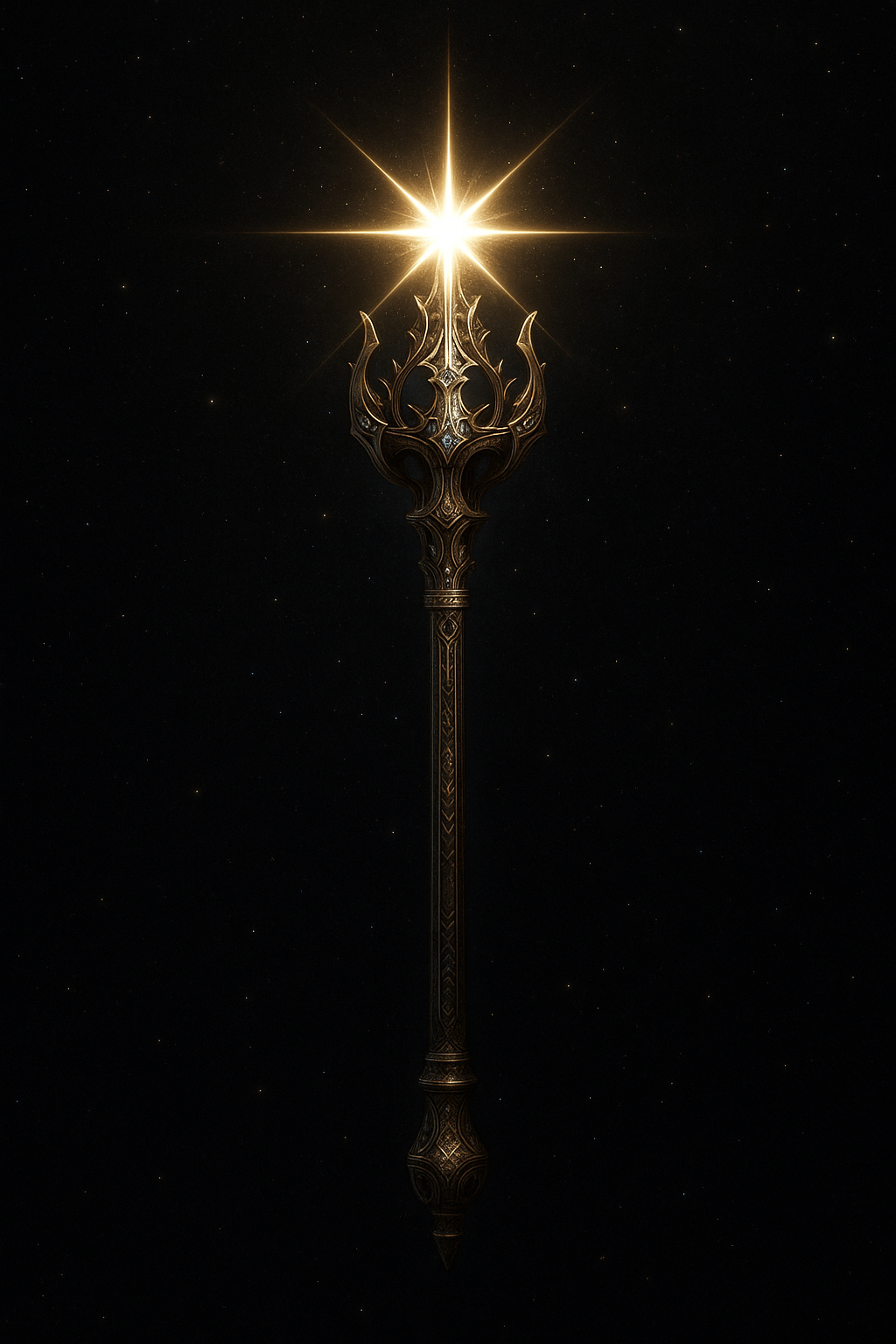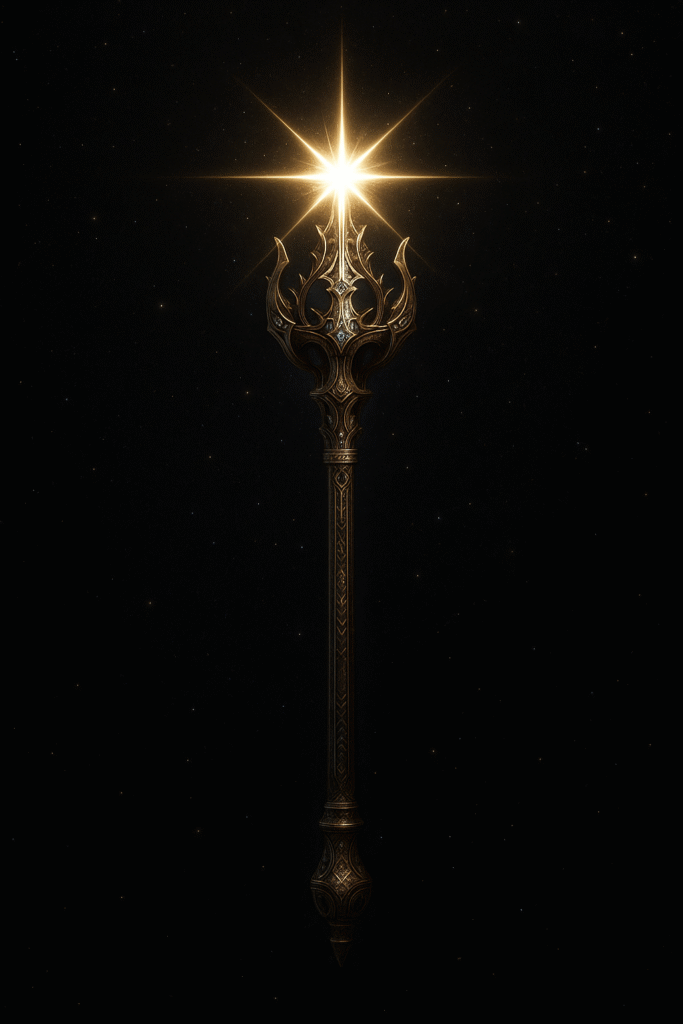Physical Address
304 North Cardinal St.
Dorchester Center, MA 02124
Physical Address
304 North Cardinal St.
Dorchester Center, MA 02124
With Michael Walker
With Michael Walker

A message to the New Creation…..

There is no such thing as coincidence in the Kingdom of God. There are no random dates, no chance events, no rolling of divine dice. Everything God does is precise, prophetic, and purposeful. And yet, when it comes to the birth of Yehoshua—the Word made flesh—the world has largely settled for superstition, tradition, and theological shrugs. December 25 has become the go-to answer for Christendom, yet not one verse of Scripture validates it. Not one historical document confirms it. And not one celestial alignment supports it. But if we think like God, if we track by alignment instead of assumption, then the true timing of the Messiah’s arrival becomes not only discernible—but undeniable. Yehoshua was born on the 15th of Tishrei, during the Feast of Tabernacles. And in the year 3 BCE, that date aligned precisely with September 22. We are not guessing. We are not estimating. We are declaring what was written.
Let’s begin where God always begins: with appointed times. In Genesis 1:14, God declares that the sun, moon, and stars are not merely for light, but for signs and seasons—a word that in Hebrew is not about weather or temperature, but about mo’edim: appointed times. These are the feasts of the Lord, the sacred calendar embedded into creation itself. Passover, Shavuot (Pentecost), and Sukkot (Tabernacles) are not Jewish holidays. They are God’s appointed seasons—His holy markers across the timeline of redemption. Passover was fulfilled in the crucifixion. Pentecost was fulfilled in the outpouring of the Spirit. And Tabernacles—well, Tabernacles was fulfilled in a birth. The greatest birth in human history. The birth of God’s dwelling among men.
John 1:14 does not merely say that the Word became flesh. It says the Word tabernacled among us. The Greek word used is skēnoō, meaning to dwell in a tent—to take on a temporary structure of flesh. God did not choose this word by accident. He encoded the timing of His Son’s arrival into the very verb that described it. Tabernacling is not a winter act. It is a Tishrei act. And the Feast of Tabernacles begins on Tishrei 15 every year—the mo’ed, the appointed time. That is the actual date of Yehoshua’s birth. We are not measuring by Roman calendars. We are not tracing by Gregorian invention. We are moving by the only calendar God has ever honored—His own. The Hebrew calendar. The calendar of creation. The calendar of the King.
Now, here is where the Gregorian date becomes important—not because it holds spiritual authority, but because it allows those living in modern time to track what was already fulfilled. In the year 3 BCE, the 15th of Tishrei—the first day of Sukkot—fell exactly on September 22. That is not an approximation. That is not an estimate. That is an astronomical and historical reality. So when we say Yehoshua was born on September 22, we are not revering a Roman date. We are identifying when the heavenly timing of Tishrei 15 intersected with the world’s visible timeline. That moment was the 22nd of September. And from this point forward, we no longer say “on or around.” He was born on September 22, because He was born on Tishrei 15. The two are one in the year of His appearing.
But the textual proof doesn’t stop at wordplay or calendar correlations. The Gospel of Luke provides a chronological breadcrumb trail so accurate it functions like a prophetic stopwatch. Zechariah, the father of John the Baptist, served in the temple as part of the eighth priestly division—Abijah. This division served its scheduled week in the Hebrew month of Sivan, which falls in May–June on our calendar. After his service, Zechariah returns home, and Elizabeth conceives. The timeline now begins: John’s conception in late June leads to a birth around Passover (March/April). When Miriam (Mary) is visited by the angel, she is told that Elizabeth is already six months pregnant (Luke 1:26, 36). That places Yehoshua’s conception in late December—which means a full-term pregnancy results in a birth nine months later, in late September. Precisely in time for the Feast of Tabernacles. The math does not lie. The timing is exact. The Word was not born outside the appointed times. He was born to fulfill them.
Luke 2 gives us another layer of confirmation: the shepherds were out in the fields at night. In the Judean hills, that would be utterly implausible during the winter months. December is too cold. Sheep are kept in protective enclosures. But in the autumn, especially during the harvest festivals, shepherds were actively tending flocks outdoors, even at night. The Feast of Tabernacles was not just theologically fitting—it was agriculturally and seasonally consistent with the nativity setting described in Scripture. Every detail fits.
The prophetic symphony continues with the feast itself. Tabernacles is a celebration of God dwelling with His people, commemorating Israel’s wilderness journey in tents, and anticipating the future Messianic kingdom. Pilgrims would come from all over Israel to Jerusalem during this feast, explaining the overcrowded city and the “no room at the inn” situation in Bethlehem. Yehoshua’s circumcision on the eighth day (Luke 2:21) would have occurred during Shemini Atzeret, the final day of the Tabernacle season—a day symbolizing new beginnings. The alignment is so perfect that it ceases to be symbolic and becomes surgical. God did not miss. He struck the exact chord at the exact moment in the exact season He had ordained from the beginning.
Now let’s speak of numbers. Because God does. Yehoshua was born on Tishrei 15—September 22, 3 BCE. That is the 22nd day of the 9th month in the Gregorian calendar. These numbers are not accidental. There are 22 letters in the Hebrew alphabet—the building blocks of the Word of God. Yehoshua is called the Word, the Voice, the Sound of God. The number 9 represents the womb, birth, finality, and the fruit of labor. The combination of 9 and 22 proclaims a sentence in itself: the full utterance of God (22) came forth from the womb (9). He was not just a baby. He was the totality of the spoken voice of the Father—wrapped in flesh, released at the appointed second. His birth was the delivery of sound into matter. The invisible Word becoming a breathing reality. This is not numerology. This is divine syntax. The alphabet gave birth to the Author.
A note on the year of his birth: Yehoshua was born in the year 3 BCE, and even that number is aligned. Three is the number of divine fullness—the tri-unity of Spirit, Word, and Breath. It is the number of witness, resurrection, and completion. And in 3 BCE, the heavens confirmed it with a rare triple conjunction of Jupiter, the king planet, and Regulus, the king star, in the constellation Leo—the Lion of Judah—declaring his arrival in the sky.
3 BCE is not tradition. It is astronomical, historical, prophetic, and mathematical alignment. He was born in the third year before the Roman timeline turned, yet right on time in God’s eternal calendar. He wasn’t just fulfilling time. He was writing it.
September 22, 3 BCE. Tishrei 15. The birth of the God-King.
And the stars themselves testified. In 3 BCE, a rare and dramatic astronomical event took place: a triple conjunction of Jupiter and Regulus in the constellation Leo, the Lion. Jupiter, the king planet. Regulus, the king star. Leo, the tribe of Judah. These conjunctions occurred in September and would have been visible to the Magi—wise men trained in both astronomy and prophecy. Their journey westward was not based on myth. It was based on alignment. They weren’t following a floating light. They were tracking the King’s arrival in the heavens. And their timing brought them to Yehoshua after His birth, but not long after. The stars don’t lie. They speak.
Let us not forget the testimonies embedded in the text. Zechariah’s timeline gives us the structure. Elizabeth’s miraculous conception confirms the first marker. Miriam’s obedience triggers the countdown to the Messiah. The shepherds verify the season. The Magi verify the sign. The innkeeper verifies the crowd. And the Word Himself verifies the date—by choosing the verb “tabernacled” to describe His arrival. The Feast of Tabernacles was not a backdrop. It was the prophecy. And Yehoshua fulfilled it not only with His life—but with His very birth.
This is no longer a guess. This is no longer a theory. This is no longer a hidden riddle. This is a revealed alignment. Yehoshua was born on Tishrei 15. In 3 BCE, that date was September 22. The scriptural timeline, the priestly order, the agricultural rhythm, the astronomical witness, the numerical fingerprint, the prophetic word, and the voice of the Word Himself all declare it in unison. The Tabernacle did not begin with Moses, and it did not end in a tent. It walked among us in flesh. And it was born on time.
So if you are still clinging to December 25 as the birthday of the Messiah, I urge you to consider this: would the God of the universe, the One who created time itself, allow the Incarnation to be anything other than timed? Would the Author of the calendar miss His own appointment? Or is it possible—no, certain—that the birth of Yehoshua was the manifestation of alignment itself?
Let what was written be revealed. He was born on Tishrei 15. He tabernacled among us. And in 3 BCE, the heavens and the earth agreed. The scroll was opened. The sound became flesh. And the date was September 22.
The Word was not just made flesh. The Word was made timely.
Let every voice fall silent before the sound of that revelation.